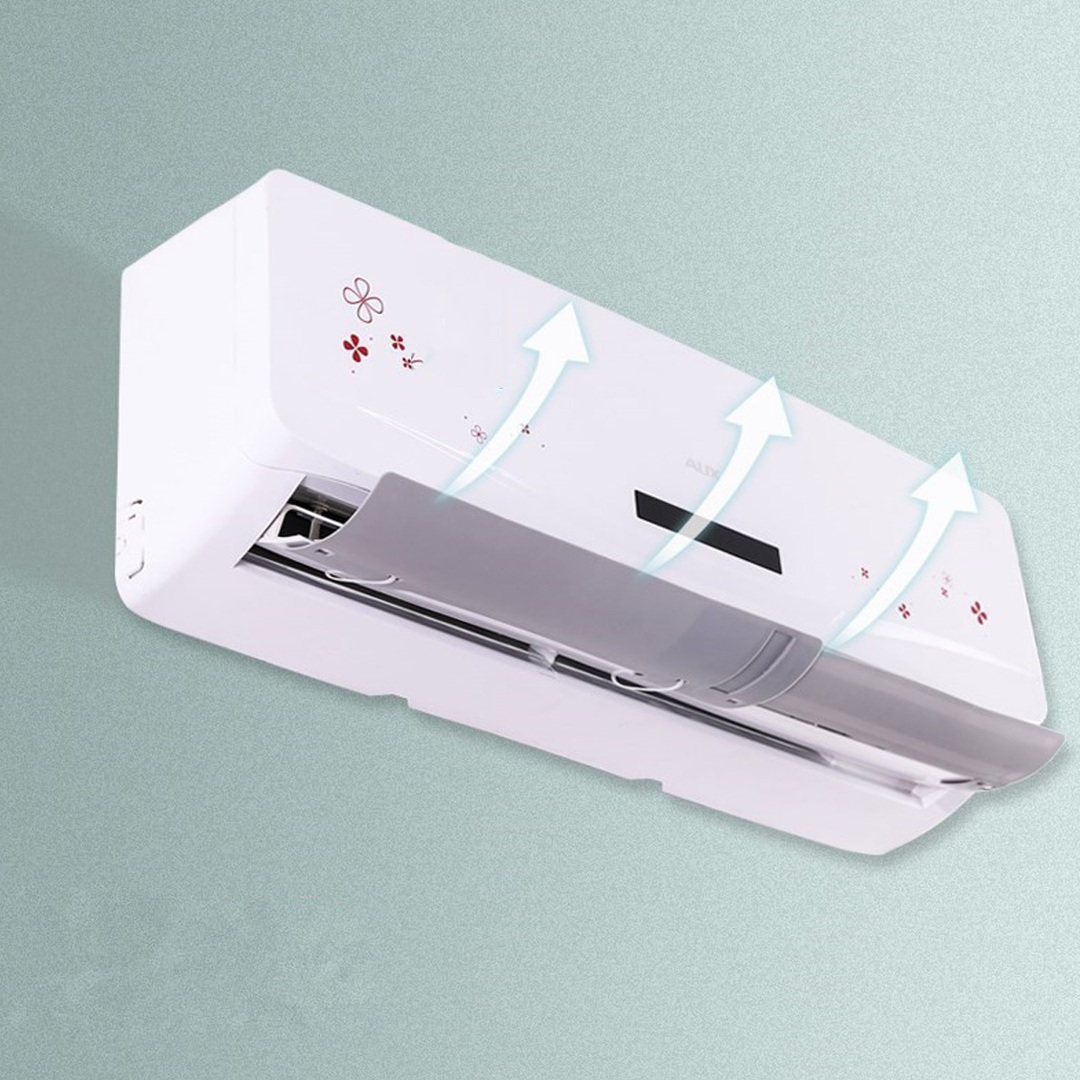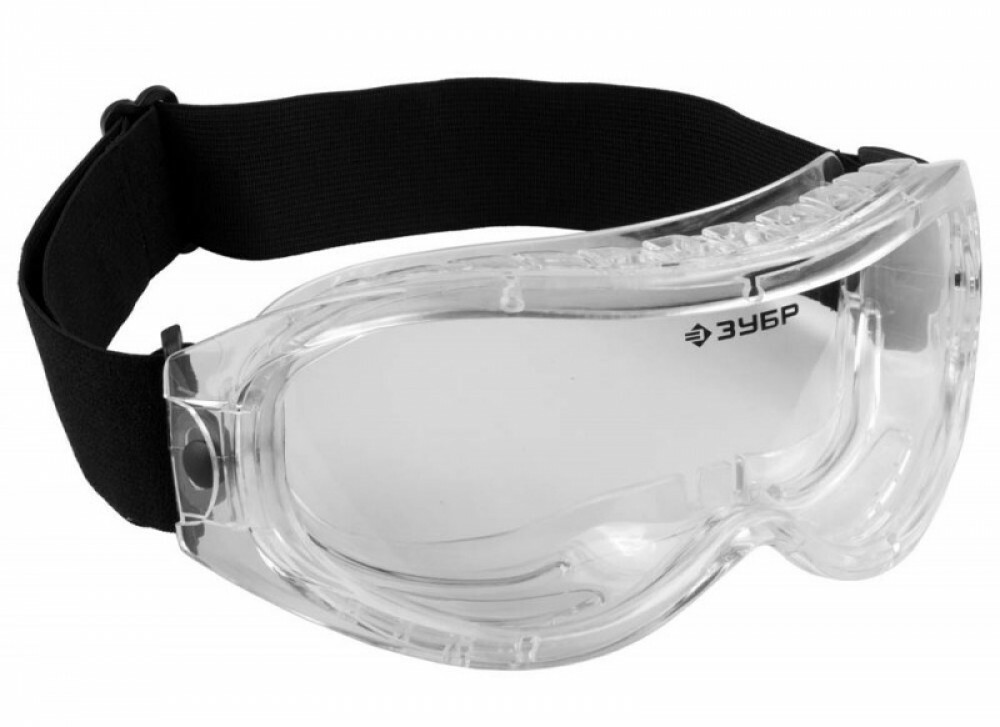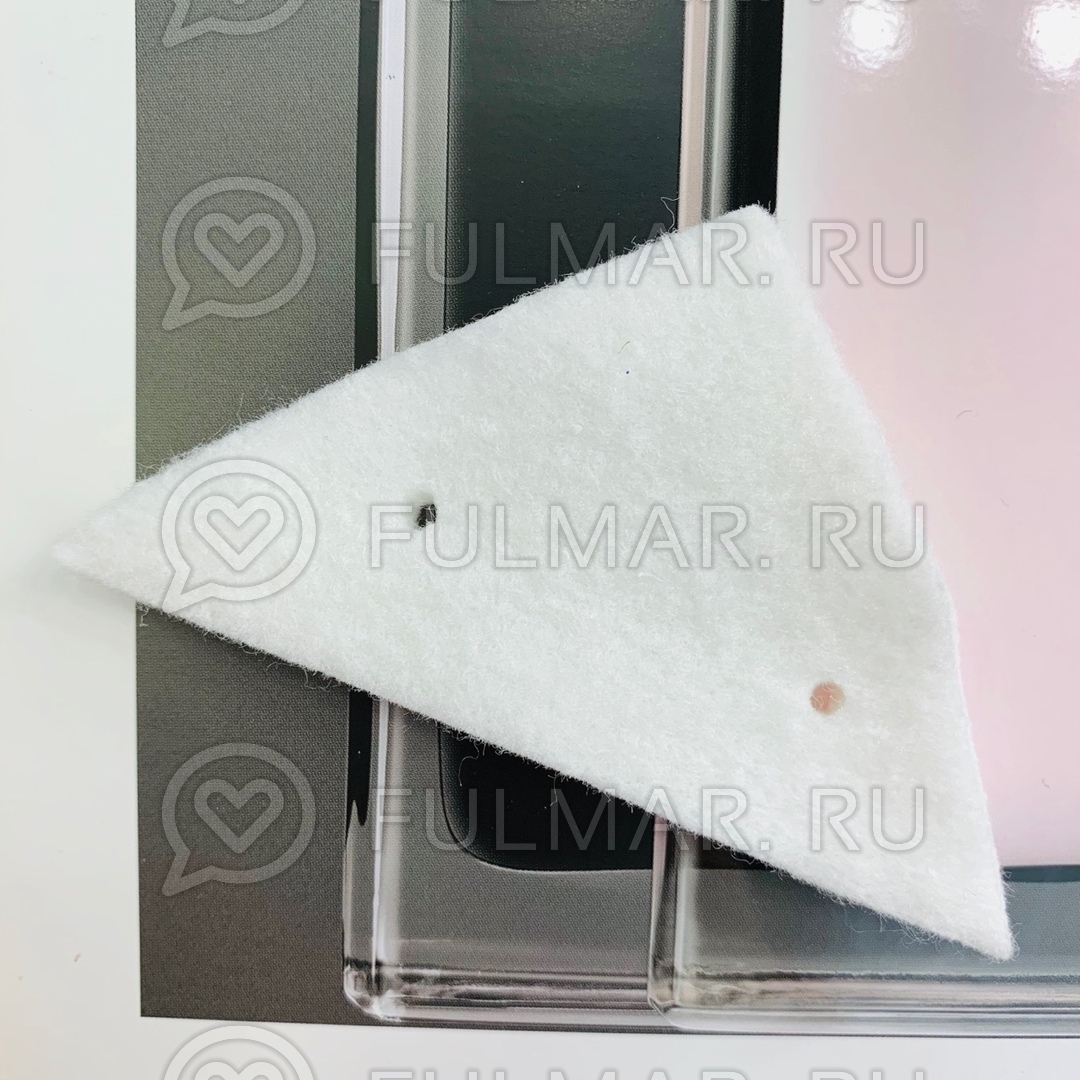The soft roof is light, has high consumer qualities, and is easy to install. But how exactly to install it? What tools are required for this? Is it possible to do the installation yourself? Yes, it is possible to complete the work independently. We will give a complete sequence of actions and tell the secrets of professional builders. But first, we will analyze the features of the material, its main types and advantages.
Read in the article
- 1 Flexible tile - what is it?
- 2 Features of the coating and its types
- 2.1 Foundation preparation
- 2.2 Arrangement of passages of large chimneys
- 2.3 Laying cornice shingles
- 2.4 Skate decoration
- 2.5 Recommendations
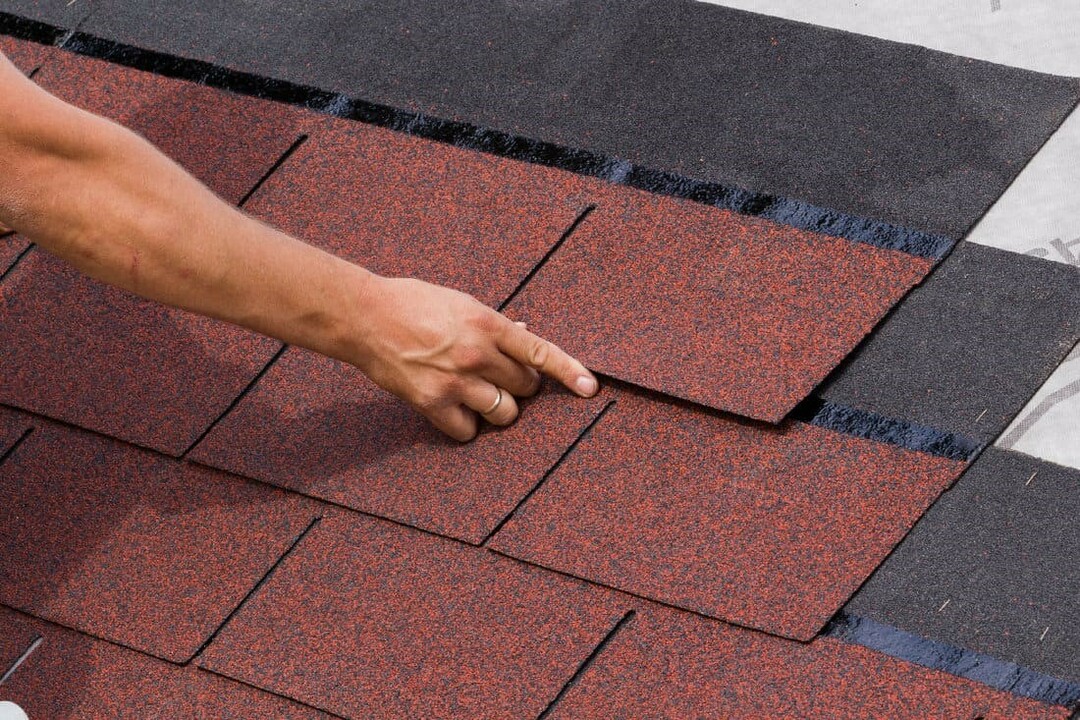

Flexible roof tiles - this is one of the options for a soft roof, a multilayer material consisting of:
- base, which can be used as fiberglass, cellulose cloth or thick cardboard;
- bitumen binder;
- colored mineral chips as an upper protective and decorative layer.
Soft tiles are great for roofs of complex shapes. It withstands both high and low temperatures well - it does not melt in the sun in summer and does not crack from frost in winter. It is fireproof, environmentally friendly and weighs little. Does not make noise during rain, moisture resistant and subject to local repair if necessary.
Features of the coating and its types
Flexible shingles differ in the type of bitumen used. Several options are possible here:
- artificially aged or oxidized bitumen with high temperature resistance within +120 degrees;
- SBS-modified bitumen with the addition of artificial rubber for higher flexibility and increased strength in sub-zero temperatures;
- APP-modified bitumen with the addition of atactic polypropylene, which provides plasticity, high adhesion and resistance to elevated temperatures;
- PM-modified bitumen of medium hardness and designed for operation at positive temperatures.

Another variant of the classification of “tiled” soft roofing is according to the type of sheet cutting. All possible variants of classic and fantasy tiles are found here, ranging from a rectangle, hexagon and rhombus to “dragon tooth” and “beaver tail”.
As for the top dressing, it can be slate or basalt, as well as stone chips. Depending on what materials were used for production (in aggregate), soft tiles can be used for a roof slope of 9.5-12 degrees or more.
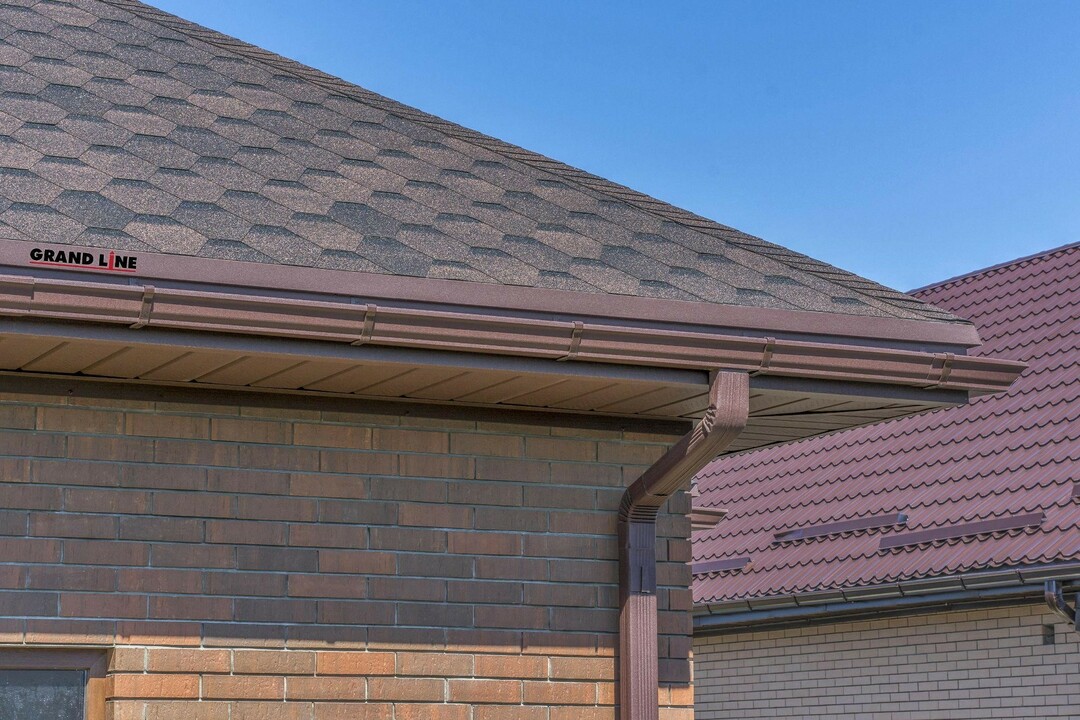
To properly mount a soft roof, you will need to purchase certain materials:
- to create the base, you will need OSB-3, an oriented strand board of the 3rd moisture resistance class with a thickness of 9 mm or more;
- roofing nails for fixing the material: their number can be calculated at the rate of 1 kilogram of nails per 10 square meters of roofing;
- ridge aerator and snow stops;
- valley carpet;
- lining carpet;
- insulating mastic;
- metal fixing strips;
- materials for hydro and vapor barrier layers;
- Double-sided adhesive tape for fixing underlay materials...
As for the tool, from the special one you only need a knife with a special blade shape, designed specifically for shingles. This is a special roofing knife with a hook-type blade (double-sided trapezoidal). It is best to choose a cutting tool with a metal body - this will not be damaged if dropped.
In addition, for the work will be useful:
- metal scissors;
- spatula for mastic;
- building hair dryer;
- screwdriver and hammer.
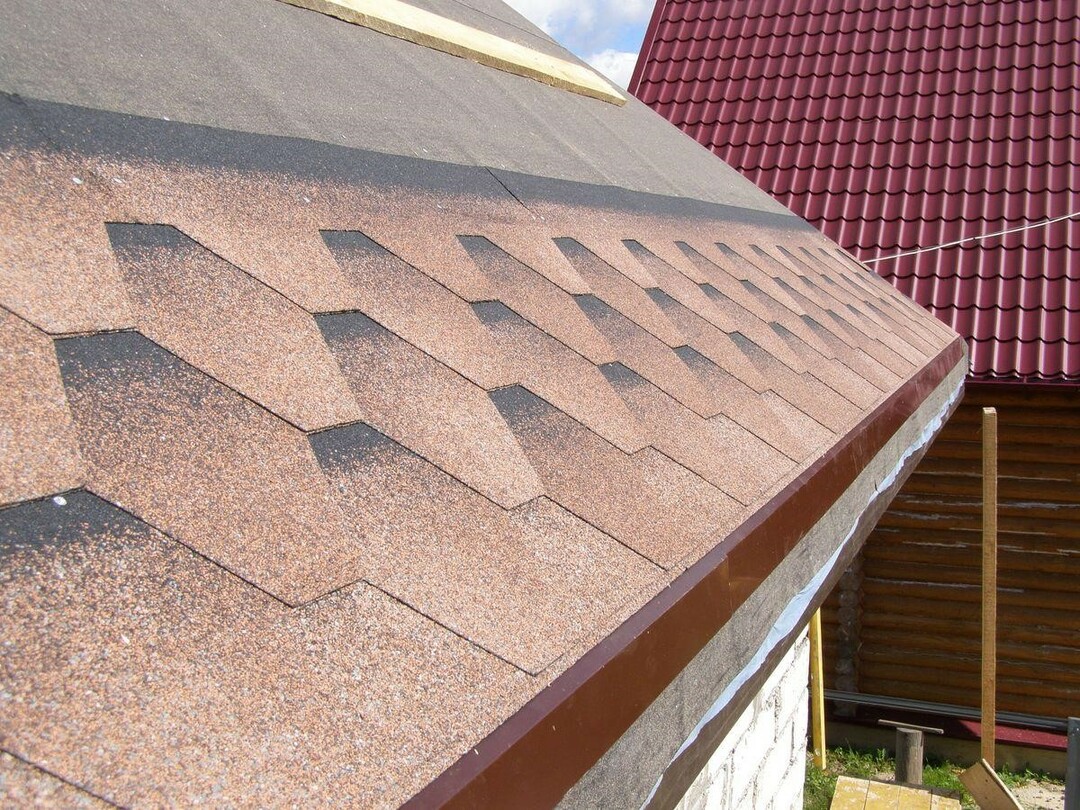
Bituminous (flexible) tiles are suitable for roofs of complex shapes. It can be installed on domed, vaulted, pitched or conical roofs. The ramp angle should be more than 9.5-12 degrees, depending on the manufacturer's recommendations. The installation technology will not differ for materials of different brands.
Foundation preparation
It is necessary to mount flexible tiles on a wooden base. For it, moisture-resistant OSB-3 boards are most often used (third class of moisture resistance, thickness 9 mm or higher). But as the main material, you can take FSB plywood, designed for operation in conditions of high humidity, and dry softwood boards.
The selected materials are attached to the crate with a small gap between the sheets (or boards). This is an expansion gap: it levels the expansion of the base material, which occurs due to changes in temperature or humidity. If you mount OSB sheets end-to-end, then later they can warp, and the entire roof will go in “waves”.
You can simply fix the base with nails. But you need to ensure that their hats are completely recessed so that they do not subsequently damage the flexible tiles.

Flexible tile is considered a moisture-proof bituminous coating. That is, it in itself is a hydro-barrier, and it works in both directions. Therefore, for such a roof, it is important to provide good vapor barrier. Otherwise, due to condensation, mold will appear on the wooden crate, and the whole structure will quickly become unusable.
To prevent the formation of condensate and the appearance of mold, you will need to consider a roof ventilation system. usually it is arranged with the help of a blowout system. These are open channels that are formed by a crate and a counter-crate. They provide air inflow in the eaves zone and its free movement along the planes of the slopes in the direction from top to bottom. The height of the vents is made at least 30-50 mm and up to 60-80 mm (depending on the angle of inclination of the slope).
In addition, roof ventilation includes ventilation gaps. These are the gaps left between the insulation placed on top of the vapor barrier and the bituminous roof itself.
Holes for ventilation are still left in the upper zone of the roofing pie. For example, it can be “perfumes” with pipes. Or the ends of the slopes are not closed from above. When organizing ventilation, it is important to exclude the formation of air sacs.
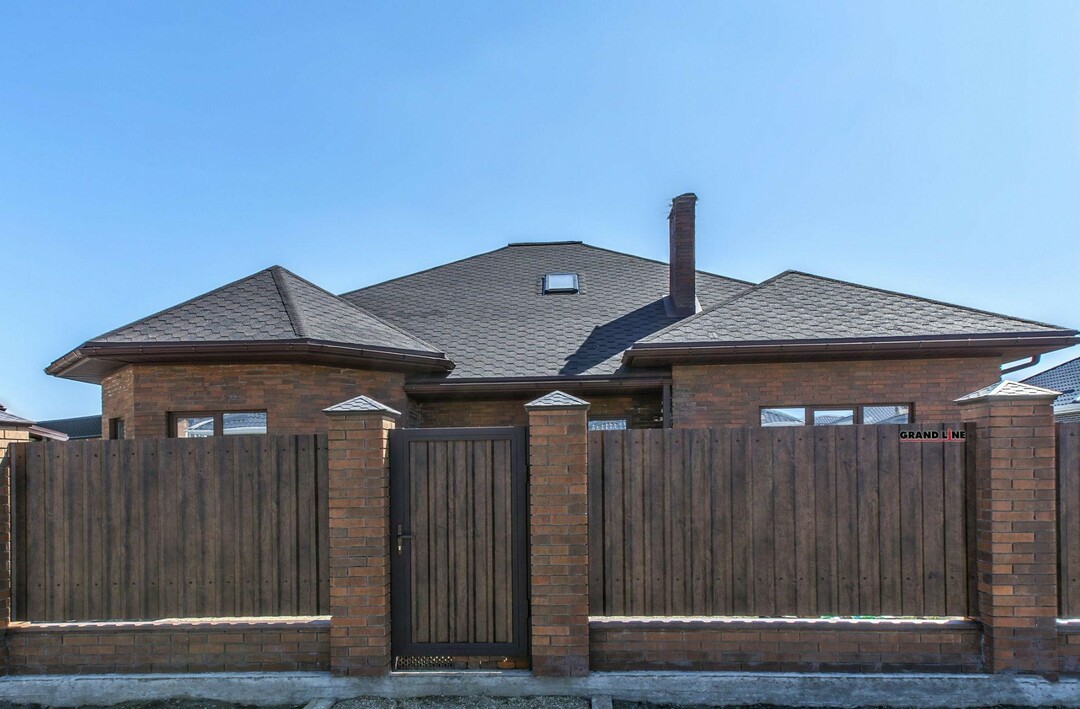
The waterproofing material must match the type of shingle chosen. Here pay attention to the recommendations of the manufacturer. Polyethylene materials and roofing material are not used, as they are incompatible and less durable, that is, they will last less than the roof.
The method of installation of waterproofing depends on the slope of the roof. The recommendations here would be:
- If the angle of inclination is 11-18 degrees, then the waterproofing is laid in strips in the direction from the overhang to the ridge, while ensuring that adjacent strips are overlapped by at least 10 cm. The overlap is fixed with mastic. Thus, continuous insulation is created, which on overhangs and valleys should be duplicated with a valley carpet (bitumen-polymer).
- If the angle of inclination of the roof exceeds 18 degrees, then the insulation is made combined. Bitumen-polymer material is used to protect the valley and overhangs, and strips of waterproofing material are tried on at the ridge, corners and edges of the gables. Along the overhang and along each protected slope there must be an insulation width of 50 cm, no less.
- All vertical elements (pipes, air vents) are also waterproofed by the transition of the material from a plane 20-30 cm high.
It is recommended to install the waterproofing mat vertically from top to bottom: this will help to avoid wrinkles.

This is ensured by metal strips, which are fastened with roofing nails. The gable planks overlap the eaves at the corners. If you need to make a connection, then it is done with an overlap of 2 cm. As a result, the edge of the crate is protected from precipitation.
Arrangement of passages of large chimneys
To form a passage, it is necessary to provide additional waterproofing. To do this, use rubber seals or ready-made plastic inserts. The passages are fixed to the crate with nails. When shingles are attached to them, it is fixed with mastic.
Laying cornice shingles
Eaves shingles are mounted after marking. The first row of tiles is mounted on an overhang. A cornice shingle is attached on top of it, butt-to-butt, at a distance of up to 20 mm from the metal drip. Most often, shingles are mounted linearly, that is, in rows.
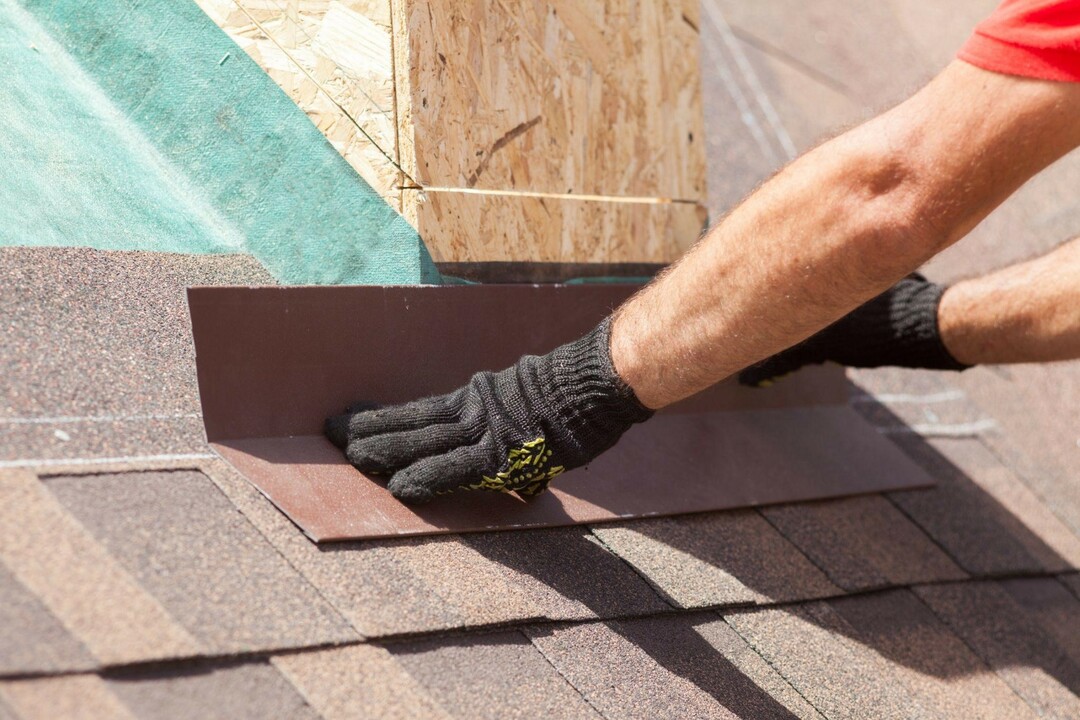
The formation of the valley can take place by arranging an open or closed groove. An open valley is an easier way. In this case, the coating laid on both slopes is cut along the lines marked along the groove. The lower the slopes, the wider the valley should be.
If we are talking about a closed valley, then first the coating is laid on the lower slope, and an overlap is made from it to the adjacent slope. After that, a steeper slope is covered, and an overlap is made towards the already laid one.
Skate decoration
It is started when all the tiles have already been laid. A gap of up to 20 mm is left between the tops of the slopes, which allows you to leave open the ventilation ducts inside the crate. The ridge is covered with a plastic aerator decorated with tiles on top.
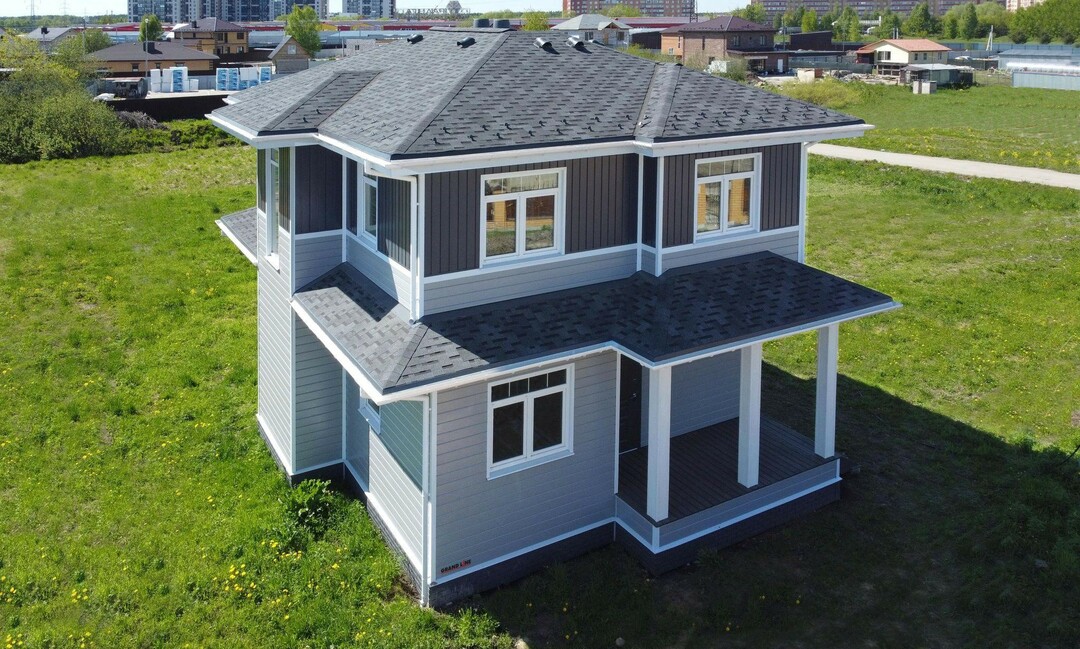
It is important to follow the material manufacturer's recommendations and select only compatible components. For example, a bitumen-polymer valley carpet should be used to match the main roof.
You also need to properly markup. To do this, you can use coated cord. The marking step is 80 cm in the horizontal plane and 100 cm in the vertical. After that, you just have to follow the installation technology indicated above.
Recommendations
Direct fastening of flexible tiles is carried out with galvanized roofing nails. Thanks to the coating, such steel fasteners already have the necessary corrosion resistance. For each sheet of tiles, you will need 5 nails if the roof slope is up to 45 degrees, and 8 if more than 45. During installation, make sure that the fastening on the bottom row is completely covered with the tile petals of the top row.
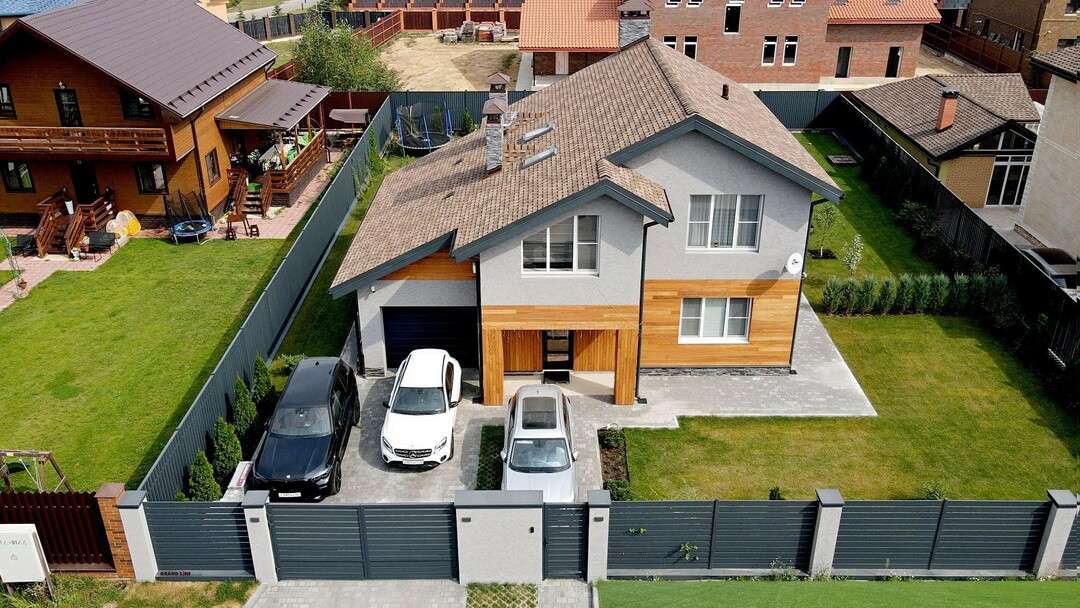
- Choose only certified material with a manufacturer's warranty.
- It is better to treat a wooden base (OSB-sheets) with a primer: this will increase the adhesion of materials.
- It is important to ensure that the base is perfectly flat, without drops on the plane and without dents.
- The gable area must be treated with bituminous mastic. This protects against leaks.
- Use only galvanized special flat-head nails.
We would like to thank the experts of the Grand Line company for their help in creating the article.
The company "Grand Line" produces and sells flexible tiles in various designs and related materials for installation. Here you can order an exact calculation of the estimate for your project and get a written guarantee for the materials.
For consultation or ordering materials, you can contact the following contacts:
website: https://www.grandline.ru
phone: 8 (800) 770-77-36
Email: [email protected]
The fitting is also M10, there is no need for winding, there is a gasket.
Oh, Mikhail, not only "built 20 kg" but also changed gender. Cool MULTI COOKER!
The fact is that such a taste is characteristic of provincial (not world) representatives of the Boer ...
In any case, a tree house is not a safe thing, it’s better just to have a playground for children.
I thought I would start building from blocks myself, but the price of the material stopped me. Even if …
many of these things are, and all are very necessary, used regularly.
they ruined two locks for me - they drove the pieces of iron and poured glue with glue, the glue leaked out, the canvas deteriorated ...
I really like it when everything is close: the Temple (synagogue, church or church), the place of work ...
I like it when everything is close: the Temple (synagogue, church or church), place of work, etc ...
Expensive but tasteless! Donate is not necessary.
Method one. Restore or make good ventilation.
Mortgages at my age will not be issued with any simplifications. At the exhibition in Zyablikovo…
Yeah, this house will then be blown away by the wind and where to look for it later =). I bought a plot in Pod…
I still don’t understand where you have the date of the post here, maybe people posted it in the shaggy 2000s, but I…
So-so advice, like a penny, yeah, and a pack of stone wool costs about 1 tyr, and you ...

